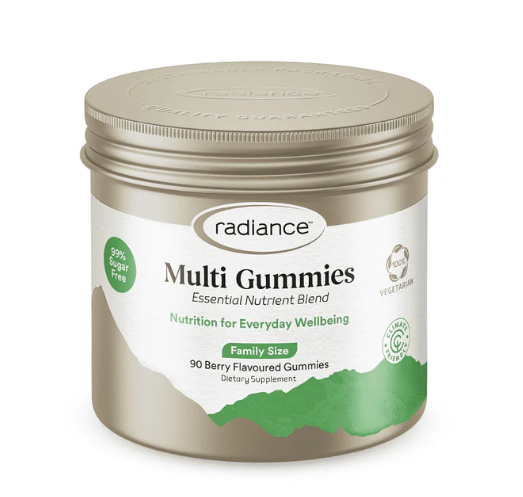How to Choose Quality Supplements That Work?

When chosen wisely, high-quality vitamins, minerals, and herbal extracts can help you achieve your health goals—whether you want to sleep better, build stronger bones, or enhance athletic performance. Here’s a step-by-step guide to choosing supplements that will truly benefit you.
Identify Your Individual Needs
Before adding anything to your daily routine, assess why you need a supplement in the first place. Consider:
Dietary Gaps: Are you vegetarian or vegan? Do you eat few dairy or fatty fish? You might need extra B12, vitamin D, or omega-3s.
Life Stage: Pregnant or breastfeeding women, older adults, and teenagers have unique nutrient requirements.
Health Conditions: People with digestive malabsorption or chronic illnesses often require targeted support (e.g., calcium for osteoporosis, magnesium for muscle cramps).
A simple blood test or diet-tracking app can highlight deficiencies. Armed with clear goals, you’ll avoid wasting money on “miracle” formulas you don’t really need.
Look for Science-Backed Ingredients
Not every ingredient has equal footing in the research:
Clinically Studied Forms: For magnesium, magnesium citrate and glycinate often show better absorption than oxide. For curcumin, look for formulations paired with black pepper extract (piperine) or delivered in a liposomal form to boost bioavailability.
Dose Matters: Many studies that demonstrate benefit use specific doses—often higher than what’s found in generic multivitamins. Compare your target dose against the clinical trial amounts.
Single-Ingredient vs. Proprietary Blends: Proprietary blends can hide exactly how much of each nutrient you’re getting. Whenever possible, choose products that list exact milligram (mg) or microgram (µg) amounts per ingredient.
Prioritize Third-Party Testing and Certification
Good manufacturing practices vary widely. To ensure purity and potency, seek supplements verified by independent organizations:
USP (U.S. Pharmacopeia): Verifies that the product contains the ingredients listed on the label, in the declared strength and purity.
NSF International: Tests for contaminants (heavy metals, pesticides) and performance in sports supplements.
ConsumerLab or Informed-Choice: Offers detailed reports on accuracy of labeling, absence of banned substances, and overall quality.
Products bearing these seals have undergone rigorous testing, reducing your risk of purchasing mislabeled or contaminated supplements.
Read Labels Carefully
Supplement labels provide crucial information:
Ingredient List Order: Ingredients are listed by weight, so the first few entries are the most abundant.
Fillers and Excipients: Common additives like magnesium stearate, silicon dioxide, or cellulose aren’t harmful in small amounts—but avoid unnecessary artificial colors, flavors, or proprietary “digestive blends” you can’t verify.
Expiration Date: Nutrients degrade over time; always check best-by dates and buy smaller bottles if you use them infrequently.
Choose Reputable Brands
Established brands with transparent sourcing, robust customer service, and good reviews are less likely to cut corners. Look for companies that:
Disclose Sourcing: Tell you where they obtain raw materials.
Publish Certificates of Analysis (COAs): Make lab test results available on their website.
Offer a Guarantee: Stand behind their products with a money-back policy.
Avoid trends driven by influencers without scientific credentials; branded endorsements don’t replace impartial evidence.
Consider Bioavailability and Delivery Method
How you take a supplement affects its absorption:
Softgels or Liquids: Often faster-absorbing than tablets.
Sublingual or Chewable: Bypasses some digestive steps—useful for B12 or vitamin D.
Time-Release Formulas: Can maintain steady blood levels but may not suit all nutrients.
Choose the form that best fits your lifestyle and maximizes uptake of the key ingredient.
Conclusion
Selecting supplements that truly work requires more than impulse purchases—peer-reviewed research, transparent manufacturing practices, and careful self-assessment are key. By defining your nutritional gaps, scrutinizing labels, choosing third-party-tested products, and monitoring your body’s response, you can fill deficiencies safely and efficiently.
